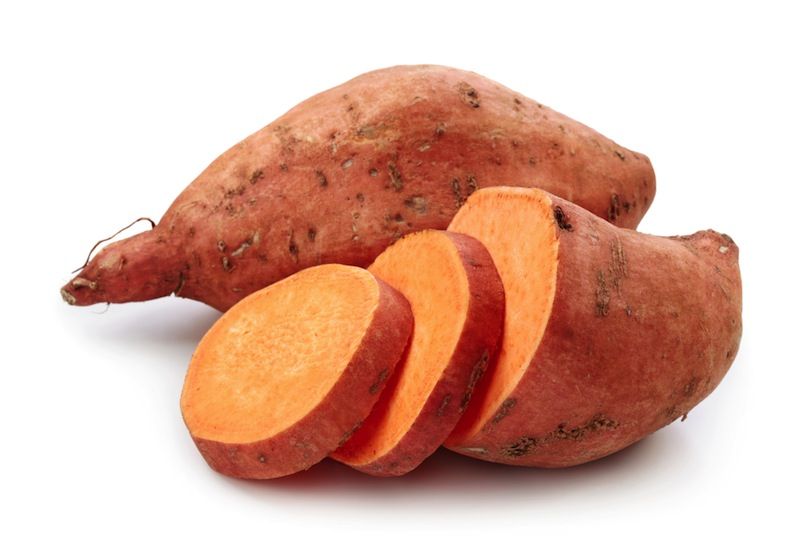
Potassium in Your Diet: How to Get More of a Heart-Healthy Mineral

The labels on food packages may soon include the amount of potassium in the food. That's because the Food and Drug Administration's proposed changes to nutrition labels, announced on Feb. 27, includes a requirement for listing potassium content.
Some Americans aren't getting enough potassium, a mineral that is beneficial in lowering blood pressure, in their diets, the FDA said in a statement. This proposed label change is one of many, but if the FDA is recognizing the need for increased dietary potassium, it may be time for us all to sit up and take notice.
How important is this mineral? Well, a 2011 study in the journal Archives of Internal Medicine found that Americans who eat a diet low in potassium were about twice as likely to die from a heart attack, compared with those whose diets have high levels of the mineral. The study doesn't prove cause-and-effect, but it does suggest a role of potassium in health.
The same study also found that people who were deficient in potassium were about 50 percent more likely to die from any cause during the length of the study. [8 Top Meals from Nutritionists]
Okay, so we know it's important to get enough potassium. Now, how do we go about doing so?
1. Reduce sodium intake. Sodium and potassium perform many of the same functions in the body, but they do so in very different ways. It's important to maintain a balance between sodium and potassium in the diet, because sodium intake can affect potassium excretion, and vice versa. People who reduce their sodium consumption and increase their potassium intake benefit from improved blood pressure, and reduce their risk for developing other serious health problems, according to information from the Centers for Disease Control and Prevention.
2. Eat a sweet potato. You may have expected me to say banana, right? Truth is, bananas may have a better reputation for their potassium content than they deserve. Sweet potatoes actually have more potassium, with a whopping 694 milligrams per serving.
Sign up for the Live Science daily newsletter now
Get the world’s most fascinating discoveries delivered straight to your inbox.
3. Avoid processed foods. Processed foods tend to be high in sodium, and low in potassium. On the other hand, homemade meals are usually lower in sodium and higher in potassium. If you'd like to make drastic changes to your potassium intake, consider buying more fresh produce and making meals at home.
Healthy Bites appears weekly on LiveScience. Deborah Herlax Enos is a certified nutritionist and a health coach and weight loss expert in the Seattle area with more than 20 years of experience. Read more tips on her blog, Health in a Hurry!












